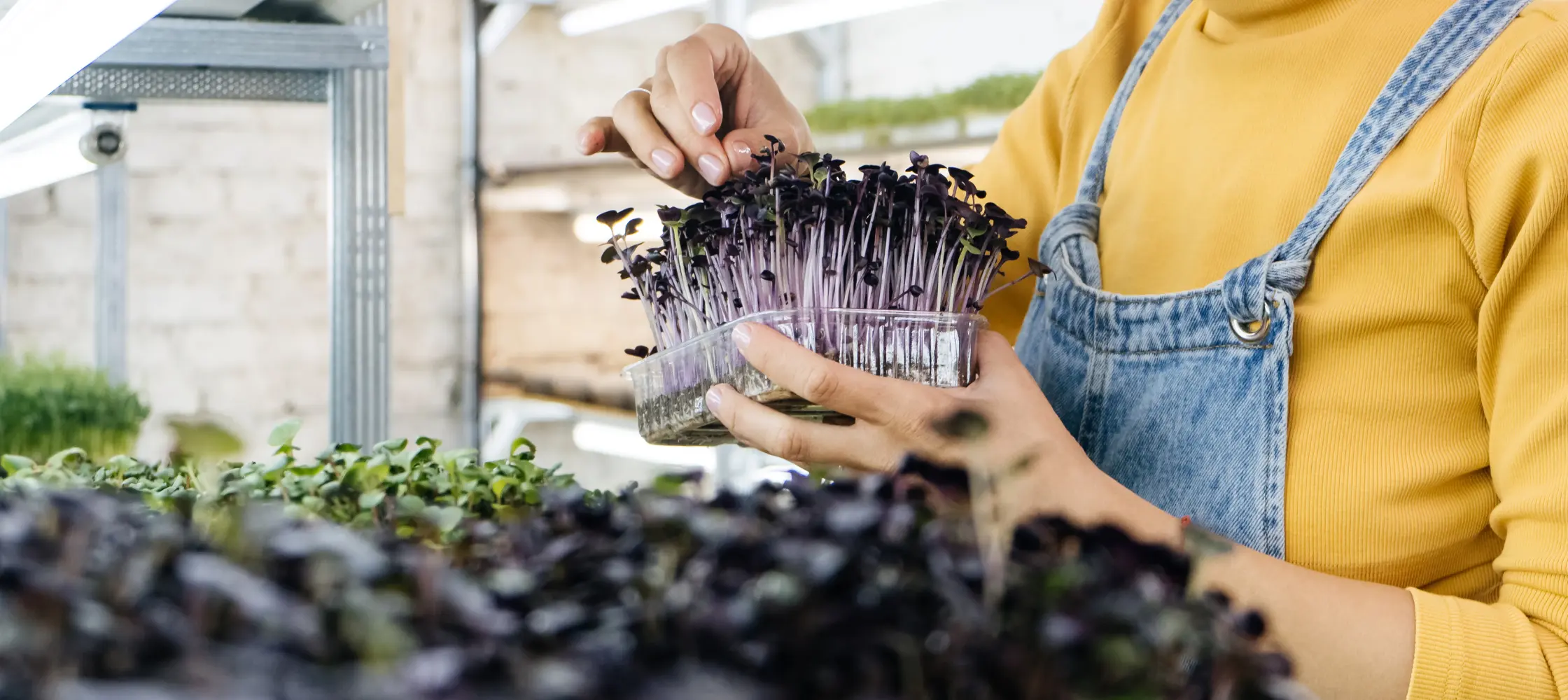
Microgreen Farming for Profit: A Complete Guide for Small Farmers
Tend Staff

Why Green Lacewings Are Essential for Eco-Friendly Pest Control on Your Farm
Tend Staff
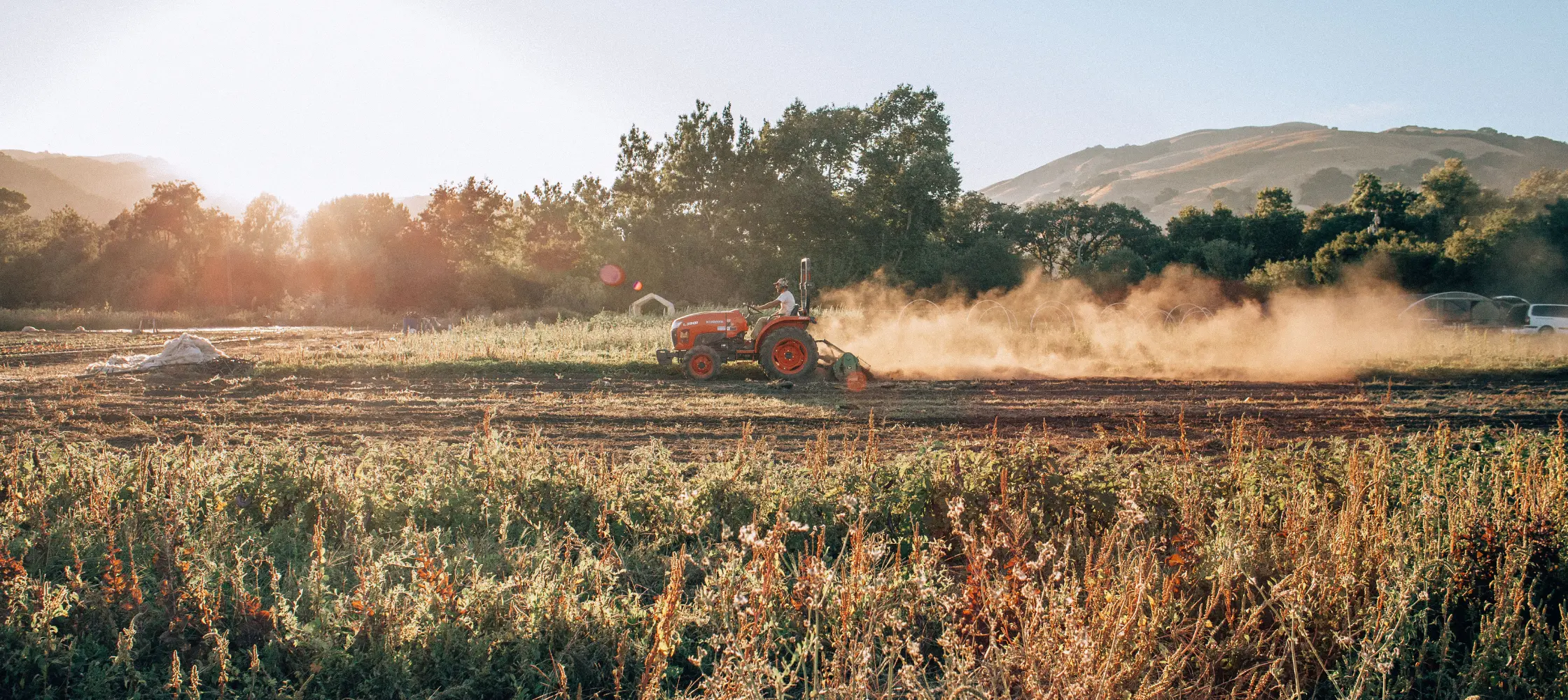
To Till or Not to Till? How to Prepare a Field for Planting
Tend Staff
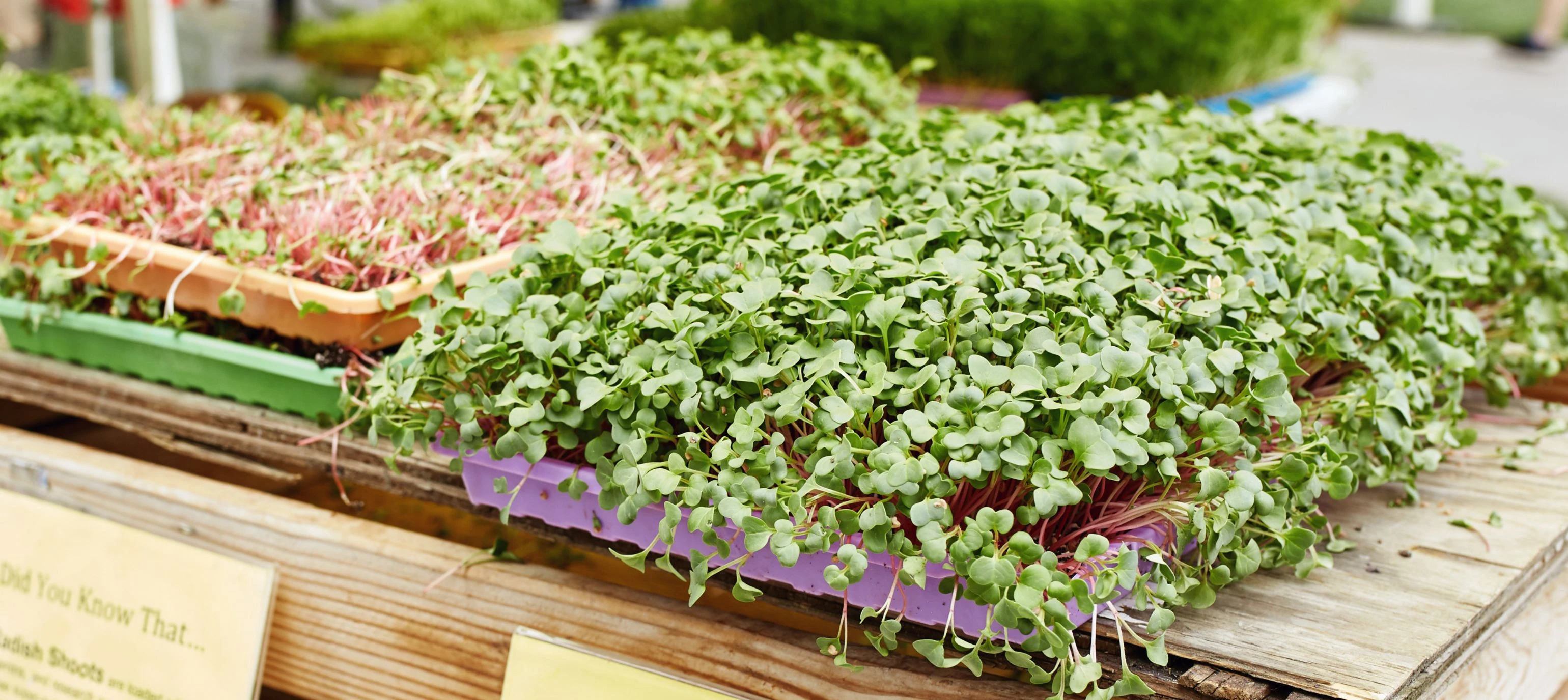
10 of the Most Profitable Small Farm Crops to Add to Your Crop Plan
Tend Staff
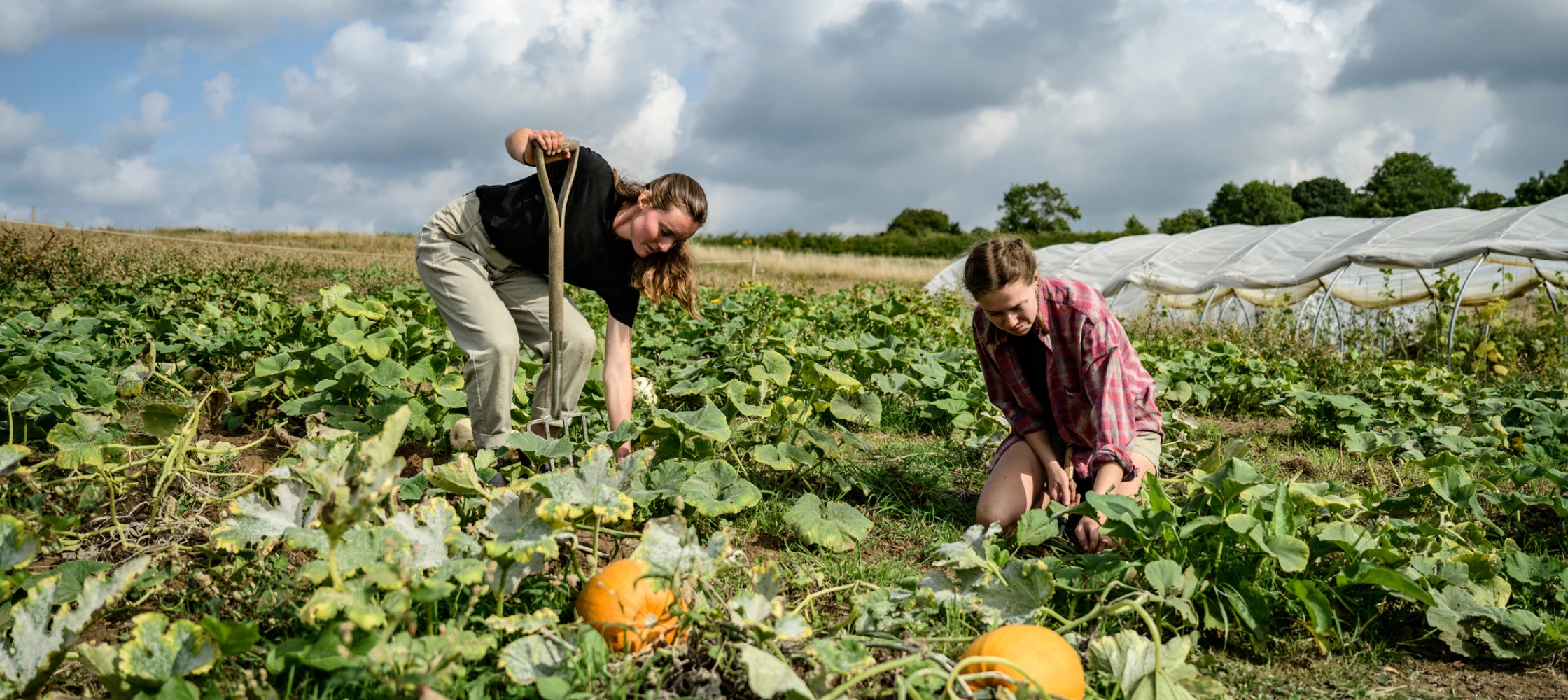
7 Ways an Agriculture Cooperative Can Enhance Financial Stability for Small Farms
Tend Staff
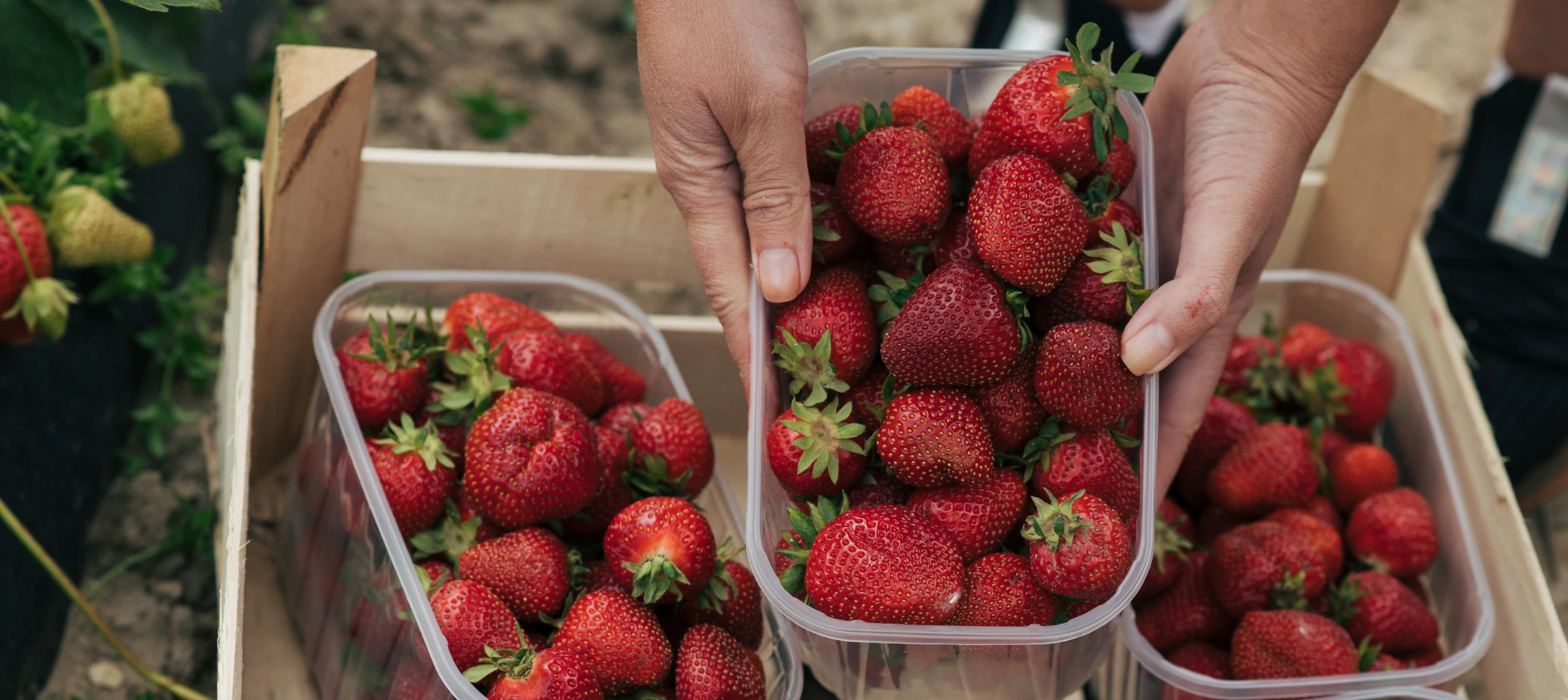
How to Boost Your Online Farm Sales with Effective Agriculture Marketing
Tend Staff
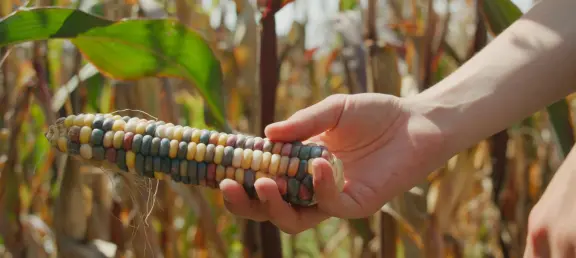
Why Your Farm Should Use Regionally Adapted Seeds
Tend Staff
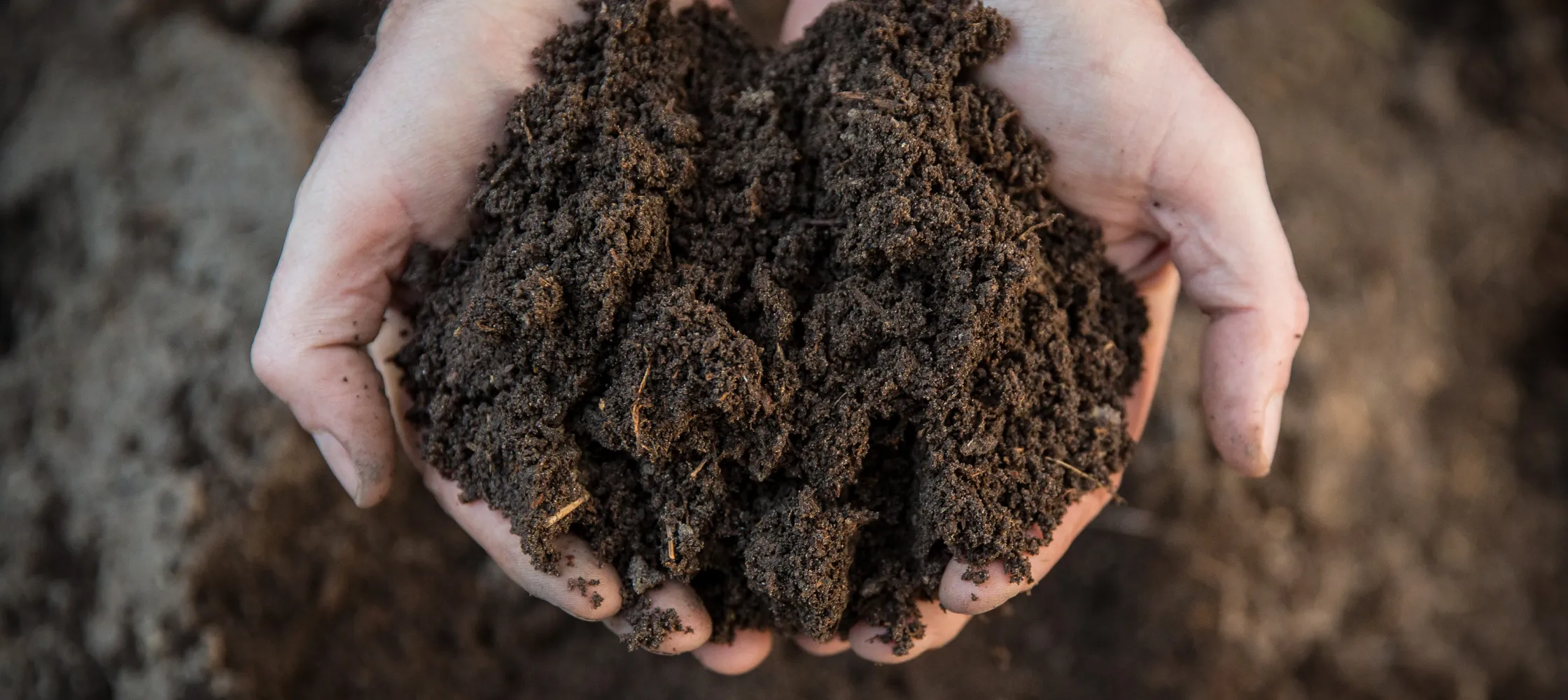
Unraveling the Potential of Soil Microbiota in Agriculture
Tend Staff

The Flower Farmer’s Guide to Increasing 2024 Mother’s Day Sales
Tend Staff
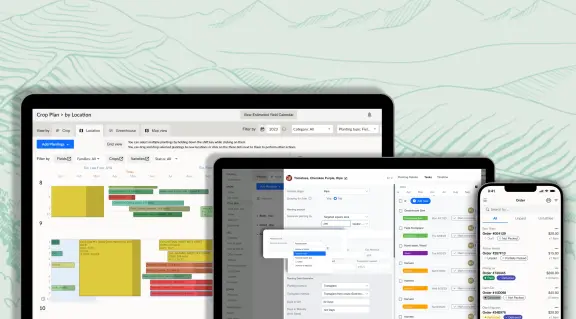
Tend Unveils 2.0 Upgrade, Revolutionizing Smart Farm Management
Tend Staff
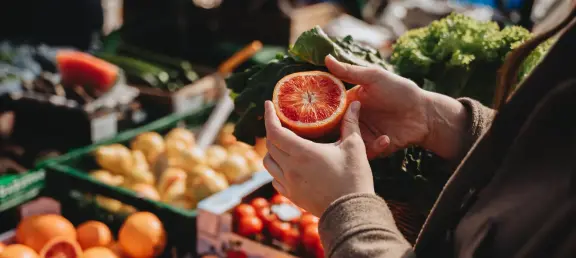
Food as Medicine: How this Physician Uses Regenerative Ag to Treat Chronic Illness
Tend Staff

Three Women-Led Farms Making a Big Impact
Tend Staff

